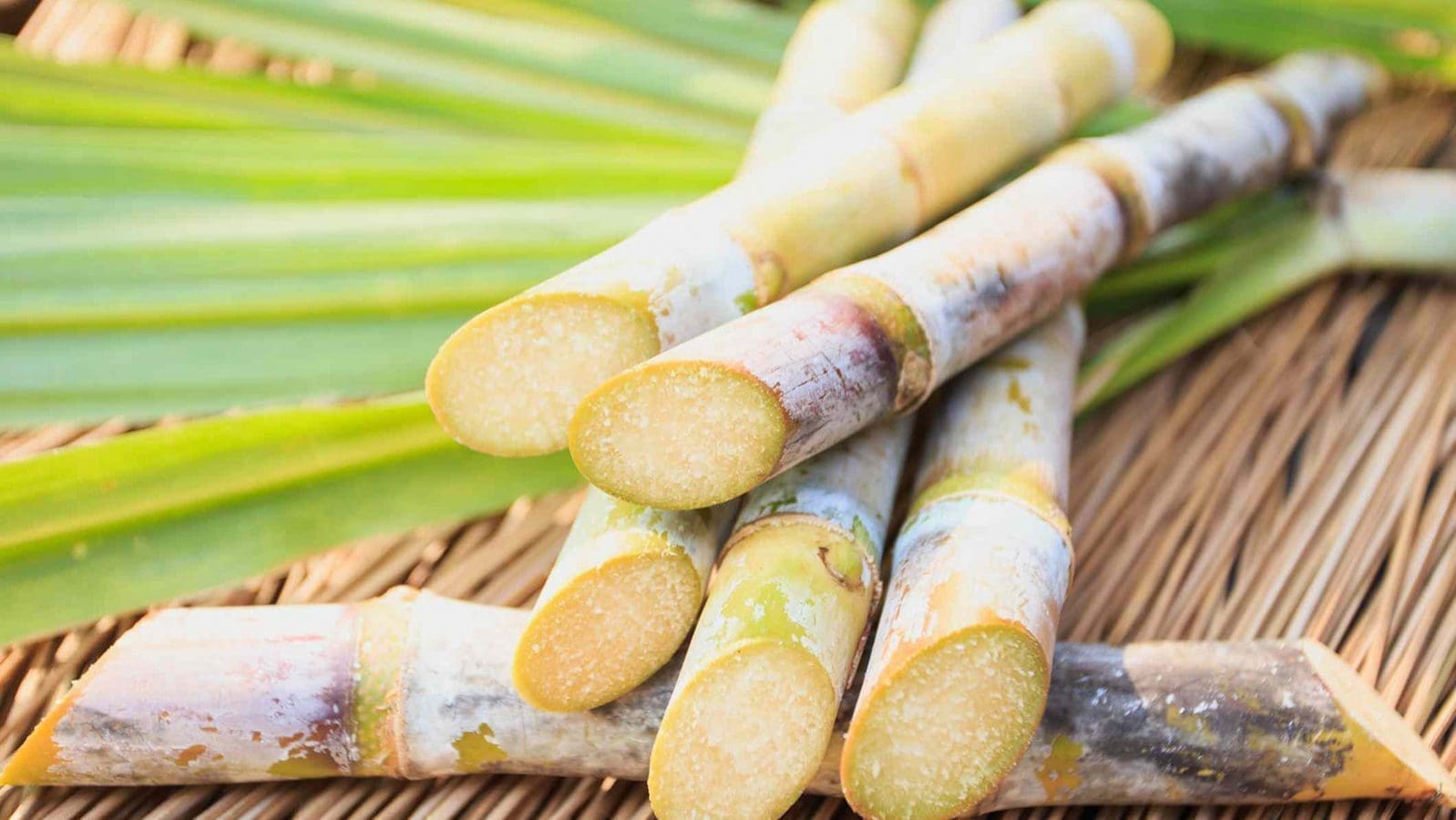SOUTH AFRICA – South African raw sugar production is forecasted to increase by 12.5 percent to 2.22 million MT in the 2022/23 MY, up from 1.97 million MT in the 2021/22 MY.
This is based on an increase in the quantity of cane delivered to the mills, a longer milling season, and consistent mill efficiencies.
According to the USDA, sugar cane crop will expand by 9 percent to 18.8 million MT up from 17.2 million MT, benefitting from normal weather conditions, an improvement in yields, marginal increases in planted area, and industry efforts to increase production, especially for small-scale farmers.
This is expected to be partially offset by some growers diversifying to more profitable crops, lower replanting from growers who are under financial distress, and risks of carryover cane due to the limited milling capacity following the permanent closure of Umzimkulu mill and temporary closure of the Darnall mill.
However, it is important to note that unforeseen floods have erupted in the country’s main cane producing region, KwaZulu-Natal Province.
The sugarcane farming industry body South African Cane Growers (SA Canegrowers) says preliminary results from a survey of cane growers in the region reveal extensive damage to cane fields, farm infrastructure and access routes to deliver cane to mills.
By April 19, more than 300 growers had responded to the survey and reported that 2, 516.65 ha of cane had extensive crop and root damage, therefore requiring the total replanting of these fields to bring them back into production. This damage comes to an estimated R194.9-million.
Farm infrastructure to the value of R27.9-million has also been destroyed, bringing the total losses to R222.9-million, the association says.
This catastrophic damage comes just as many canegrowers had started recovering from the riots and arson attacks that took place in July last year, which saw 554 000 t of cane being burnt and R84-million in losses incurred.
Local sugar consumption set to rise
Despite the hitch experienced in the sector, domestic sugar consumption will increase by 2 percent to 1.77 million MT up from 1.73 million MT.
This is based on the growth in population and continued improvements in demand from the local industry following various initiatives by the sugar industry master plan.
The industry has been able to successfully increase demand by 250,000 MT in the 2021/22 MY, partly due to the surge in demand for home consumption during COVID-19 lockdowns and commitments by local food and beverage manufacturers to use domestic sugar as part of the sugar industry master plan.
Also, increased uptake of sugar is set to be spearheaded by 12-month delay in the implementation of the planned increase of the Health Promotion Levy (HPL), which is also known as the sugar tax.
Industrial demand for sugar accounts for 60 percent of total domestic sugar sales, while direct home consumption accounts for the other 40 percent.
The per capita consumption of sugar in South Africa is about 45 kilograms (kg) per year, which is higher than most countries in the Southern Africa region whose per capita consumption is below 30 kg per year.
However, the country’s per capita consumption is still much lower to than the U.S. per capita consumption of between 68 to 77 kg per year.
Rise in production trigger increased sugar export volumes
South Africa being the leading producer of sugar in the region, the country is set to increase export volumes by 18 percent to 700,000 MT from 595,000 MT. This is based on expanded production and a marginal increase in the global price of sugar.
South Africa always exports its surplus sugar regardless of the global price and sometimes at a loss because of the domestic sugar regulations that stipulate that the price of cane paid to sugar cane growers should be based on revenue obtained from the sugar sales in the local and export market.
As a result, the country exports surplus sugar once the domestic market and the South African Customs Union (SACU) markets are adequately supplied. SACU members include South Africa, Namibia, Botswana, Lesotho, Eswatini, and Namibia.
South Korea was the leading market for South African raw sugar exports in the 2020/21 MY, accounting for 28 percent of total foreign sales of raw sugar, followed by Malaysia (15 percent), Indonesia (9 percent), China (8 percent), the United States (8 percent), Taiwan (6 percent), and Japan (5 percent).
Meanwhile, post forecasts that total sugar imports will drop by 11 percent to 340,000 MT in the 2022/23 MY, from 380,000 MT in the 2021/22 MY, based on the incentives (rebates) and commitments by South African manufactures and some retailers to utilize local sugar instead of imports.
Raw sugar imports from Eswatini accounted for 95 percent of total South African raw sugar imports in the 2020/21 MY because Eswatini is part of SACU, and thus its imports are not subject to any customs duty.
For all the latest food industry news from Africa and the World, subscribe to our NEWSLETTER, follow us on Twitter and LinkedIn, like us on Facebook and subscribe to our YouTube channel.










